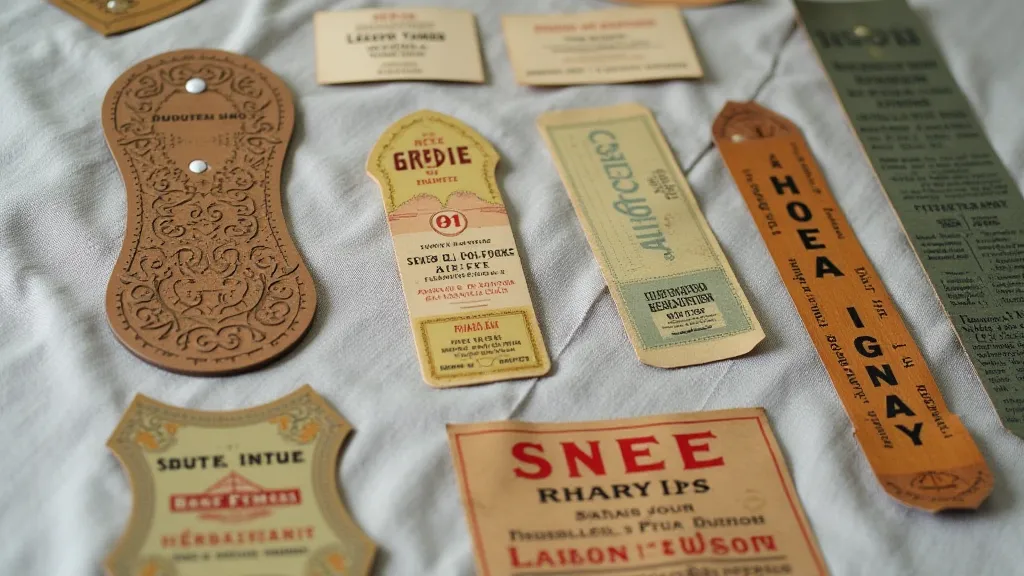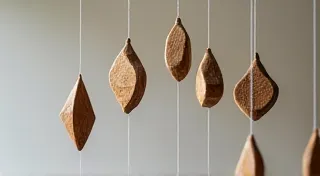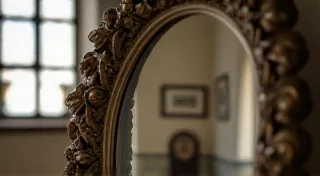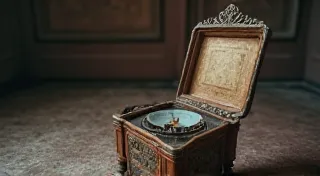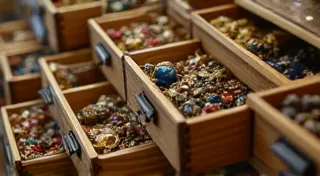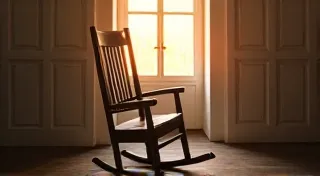The Alchemist’s Touch: Transforming Ordinary Paper into Bookmark Art
There’s a quiet magic in holding a vintage bookmark. It's more than just a marker of a page; it’s a tangible link to a reader who came before, a glimpse into a past era of literary appreciation. Often, these are not simply utilitarian pieces of cardstock, but small works of art - meticulously designed, beautifully crafted, and often, imbued with a sense of history and personal connection. My own fascination began with a simple, almost accidental find – a faded silk bookmark, discovered tucked within the pages of my grandmother’s copy of *Wuthering Heights*. The scent of old paper and dried lavender clung to it, instantly transporting me to her cozy reading nook, filled with the murmur of stories and the comforting weight of accumulated knowledge.
Today, the notion of a bookmark might seem quaint in a digital age, where a finger or a digital tab often suffices. But to truly appreciate the reading experience, to feel the heft of a bound volume in your hands, and to mark your progress with something carefully chosen and aesthetically pleasing – that’s an act of reverence. It's a small rebellion against the ephemeral nature of online content, a commitment to slowing down and savoring the journey through a narrative.
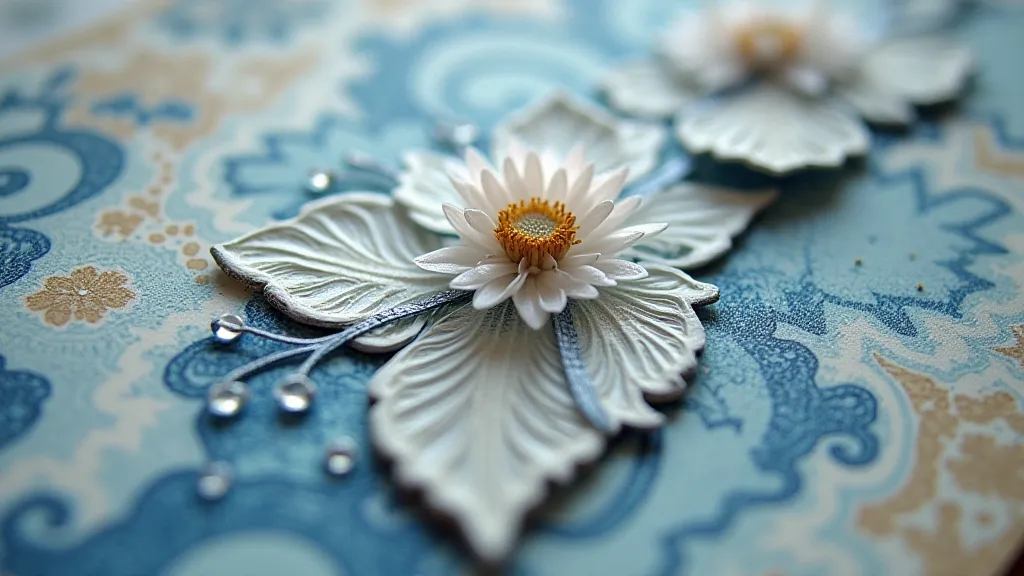
A History Etched in Paper
Bookmarks, as we know them, have a surprisingly rich history. While early civilizations used various materials – ribbons, leaves, scraps of fabric – to mark their places, the first true bookmarks began appearing in medieval Europe. These were often elaborate, handcrafted objects, sometimes woven with gold or silver thread, and frequently adorned with religious imagery or family crests. During the Renaissance, with the rise of printing, bookmarks became more accessible, though they remained a luxury item for a time. The Victorian era witnessed an explosion in bookmark design; lace, silk, and embossed paper became popular choices, reflecting the era's love of ornamentation and detail. The invention of color printing in the late 19th century further broadened the possibilities, resulting in bookmarks featuring stunning illustrations and vibrant typography.
The early 20th century saw the rise of mass-produced bookmarks, reflecting the growing affordability of printed materials. These were often simple, utilitarian pieces, though some retained a certain charm. The Art Deco period brought geometric patterns and stylized typography, while the mid-century saw a focus on clean lines and modern design. Collecting vintage bookmarks is, in many ways, collecting fragments of these different eras – tiny windows into the aesthetic preferences and cultural trends of the past.
The Craftsmanship of a Bygone Era
What truly sets vintage bookmarks apart is the level of craftsmanship often involved. Unlike today’s disposable paper, these were frequently made to last. The paper itself was often of superior quality – thicker, more durable, and often with a distinctive texture. The printing techniques, whether letterpress, lithography, or engraving, were demanding and required a high degree of skill. Even seemingly simple designs would have involved careful planning and meticulous execution.
Consider the intricate detail of a hand-lettered bookmark, or the delicate precision of a pressed flower arrangement carefully adhered to cardstock. These are not simply functional objects; they are small works of art, born from a dedication to beauty and a reverence for the printed word. The feel of a well-made vintage bookmark in your hand - the weight, the texture, the subtle imperfections – speaks to a level of care that is often lacking in modern mass production. It's a tangible reminder that things were, once upon a time, made with intention and pride.
Recreating the Magic: DIY Bookmark Inspiration
Inspired by these vintage treasures, I’ve found myself increasingly drawn to creating my own bookmarks, attempting to recapture a fraction of that bygone artistry. It's not about perfectly replicating the past, but rather about channeling its spirit – embracing the same principles of quality materials, thoughtful design, and meticulous execution.
One of my favorite techniques is paper marbling. The swirling patterns created by floating inks on a thickened surface are mesmerizing, and each bookmark is unique. Calligraphy, even just a simple quote or a single word, adds a touch of elegance and personality. And, of course, pressed flowers – meticulously gathered and dried – bring a touch of natural beauty and a connection to the earth. There’s something incredibly meditative about these processes – a quiet joy in transforming ordinary materials into something beautiful and enduring.
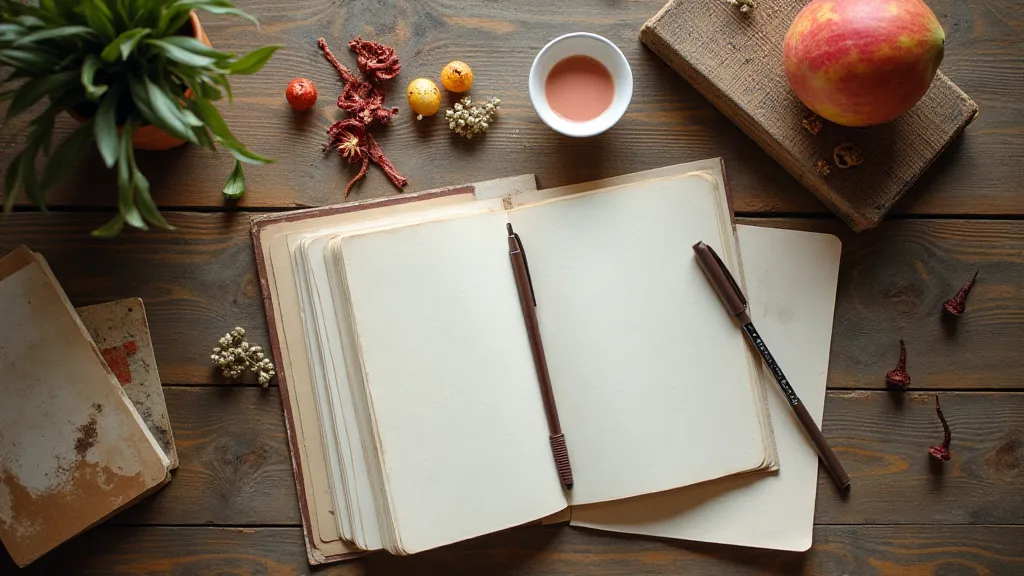
Preserving the Past: Restoration & Collecting Tips
If you’re drawn to collecting vintage bookmarks, there are a few things to keep in mind. Condition is key; while minor wear and tear are inevitable, significant damage – tears, fading, or water stains – can diminish a bookmark’s value. Look for bookmarks that reflect a particular era or aesthetic – Art Deco geometric patterns, Victorian floral designs, mid-century modern typography.
Restoration can be a delicate process. Avoid harsh chemicals or abrasive materials; gentle cleaning with a soft cloth is often sufficient. Tears can be repaired with archival-quality paper tape, and faded colors can sometimes be subtly enhanced with watercolor pencils. However, it's important to preserve the bookmark's authenticity; excessive restoration can detract from its historical significance.
Ultimately, the joy of collecting vintage bookmarks lies not just in their rarity or monetary value, but in the stories they tell – the echoes of past readers, the glimpse into a bygone era, the appreciation for the enduring power of the printed word. It's a quiet, contemplative pursuit, a way to connect with the past and to celebrate the beauty of craftsmanship – a legacy that, thankfully, can continue to inspire us today.
